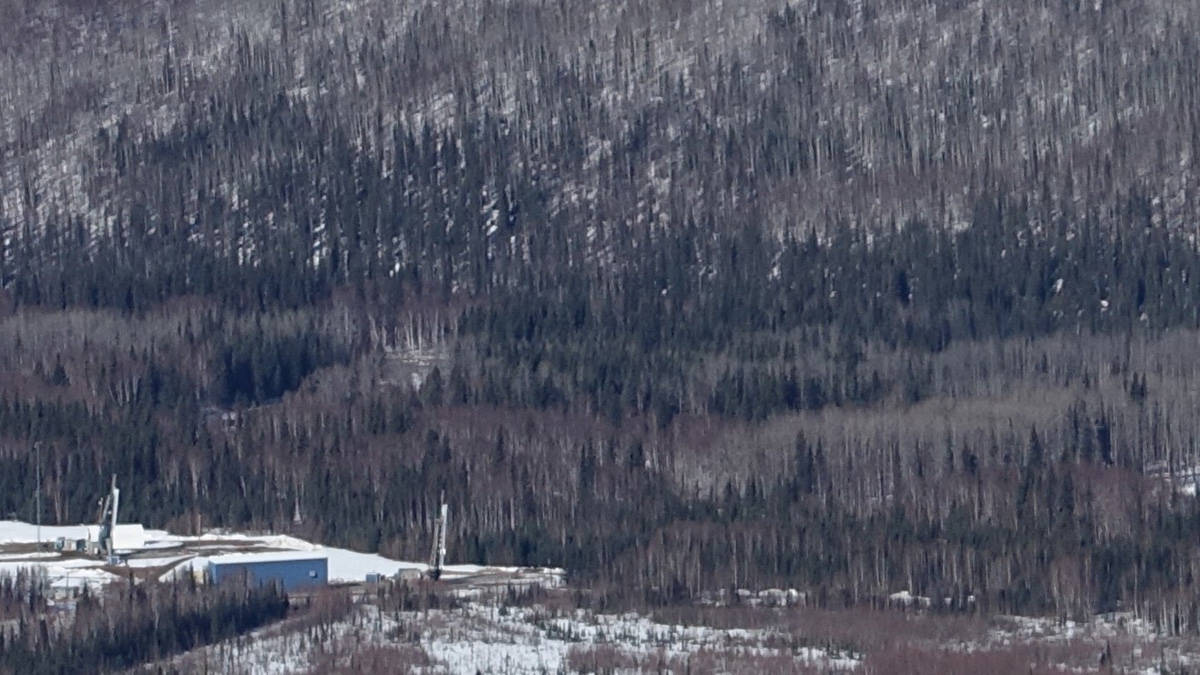
Glesener and Savage are set to launch separate rockets equipped with instruments designed to gather crucial information on solar flares. Solar flares are explosions that occur on the sun, releasing charged particles into space that can cause auroras on Earth or disrupt satellites and power grids. The two scientists are monitoring live readings from satellites in orbit around the sun, waiting for a large solar flare to erupt before launching their rockets. However, on this particular day, there are no significant flares predicted, so they are using the time to address any issues and make adjustments to their equipment.
While the weather in Chatanika is sunny, satellite data indicates that there are no major solar flares heading towards Earth. Despite this, Glesener and Savage are treating today as a practice run for when a real flare occurs. They understand that they will eventually have to make the decision to launch the rockets when the time is right. Solar flares typically last about ten minutes, and once the rockets are launched, they will quickly leave Earth’s atmosphere to get a clearer view of the flares using their telescopes.
The rockets will remain above the dense atmosphere for only five minutes, allowing the instruments to collect valuable data on the solar flares. After this brief observation period, the rockets will descend back to Earth in Alaska, where workers will recover the rocket stages and parachutes using helicopters. Glesener and Savage are focused on gathering the best possible information on solar flares to further our understanding of this natural phenomenon.
As Glesener and Savage prepare for their mission, they know that they must be ready for anything when it comes to solar flares. They understand that these explosions can have a significant impact on Earth’s technology and infrastructure, making it crucial that they gather as much information as possible about them.
Glesener and Savage’s work is not only vital for scientific research but also for ensuring that people around the world stay safe during solar storms. As they continue their research, they hope that one day we will be able to predict these events better and develop technologies that can protect us from their damaging effects.
In conclusion, Glesener and Savage’s mission is an important one as they seek to understand more about solar flares and how they can impact our world. Their work may seem like science fiction at times but is vital for ensuring our safety in an ever-changing world where space weather plays an increasingly important role in our lives.




